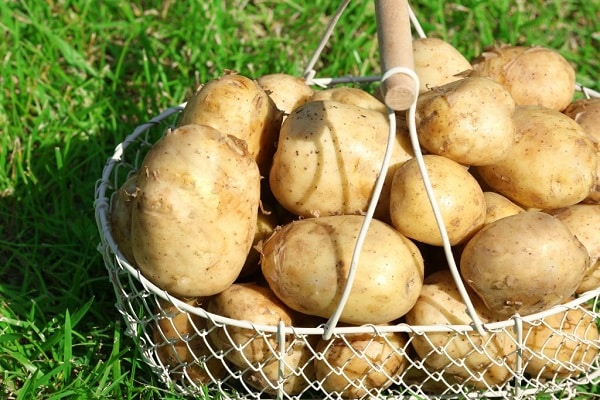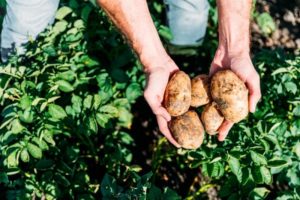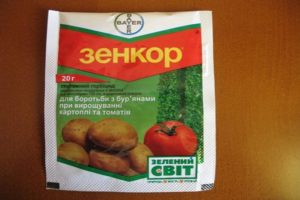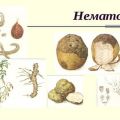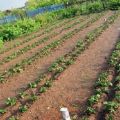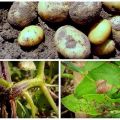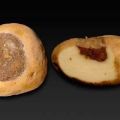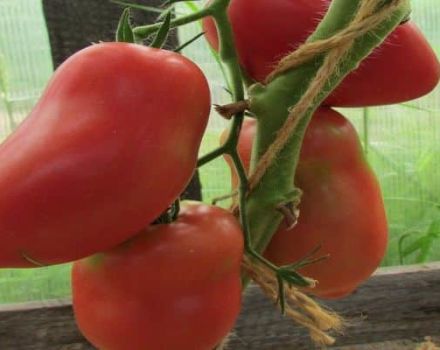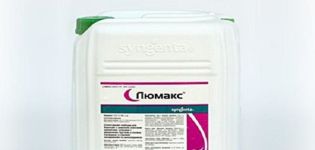Signs, treatment and prevention of potato cancer
Potato cancer is one of the most dangerous diseases affecting potato tubers. As a result of infection, the fruit has an unattractive appearance. The worst part is that it becomes unfit for human consumption. Cancer is widespread not only in Europe, but also on other continents.
Signs of damage to potatoes
The disease stands out with certain symptoms. Identifying them in time can prevent the spread of infection and preserve a healthy portion of the crop. The potato tubers are covered with growths that resemble the shape of a cauliflower. Typically appear from the eyes. The value can vary from a few millimeters to tens of centimeters.
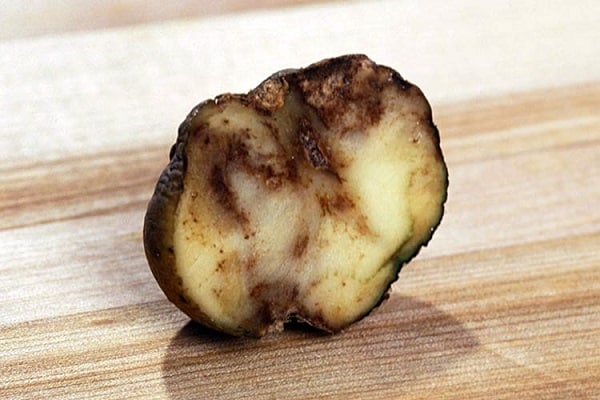
The growths on the potato tuber at the beginning of the disease have a light yellow tint. Over time, the color changes to dark brown. The infected fruit decays and rot. In rare cases, they appear between the lower leaves and stems. If the roots remain intact, this means that the disease affects young tissues.
The symptoms of the disease can change depending on the climatic conditions. If they are unfavorable, leaf-like outgrowths are shaped like pine cones. Top covered with small hard scab-like crusts. The corrugated form of infection leads to the fact that the tubers become wrinkled, the skin of the potato becomes covered with depressions, influxes and waves.

Causative agent of the disease
The development of the disease occurs under the influence of a pathogenic fungus. Its name is Synchytrium endobioticum (Schilb.) Perc. In addition to potato tuber, it also parasitizes tomatoes, wild nightshade and physalis. In this case, the fungus infects the root system of crops.
Features of the pest
The fungus cannot survive drought or cold. Therefore, there is no potato cancer in the southern and northern regions. In the first case, over a long period of time, the soil warms up to +30 ° C to a depth of 10 cm. In the second, it freezes to -11 ° C.
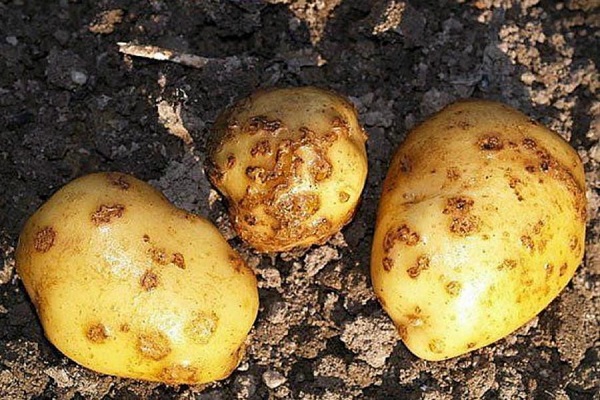
Overwintering of the pathogenic fungus in the soil occurs in the form of zoosporangia. They are cysts covered with a strong membrane. In spring they transform into zoospores. Zoosporangia tend to live in soil for 30 years, waiting for suitable conditions.
For the full development of the fungus, the soil temperature should be in the range from +15 to +18 ° C. Moreover, the humidity is not less than 80%. The same conditions should be for the normal growth of potatoes. Most of the zooosporangia are formed from June to July. Just when the formation of potato tuber occurs.
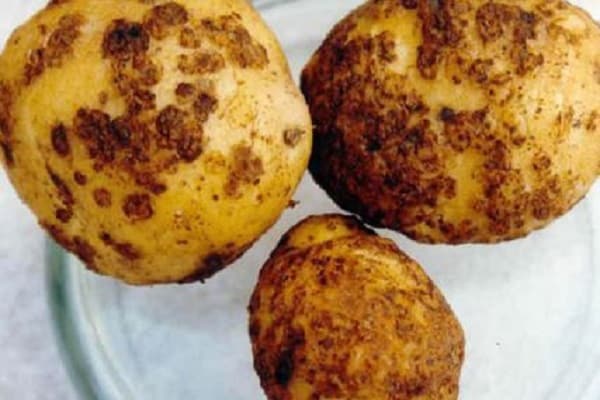
Sources of infection
A pathogenic fungus can enter the potato land in several ways:
- melt water in spring;
- animal manure fed with raw potato fruits;
- through the tools used in the quarantine area;
- gardener shoes and clothes;
- the fungus is carried by insects and earthworms;
- diseased potato tubers serving as planting material.
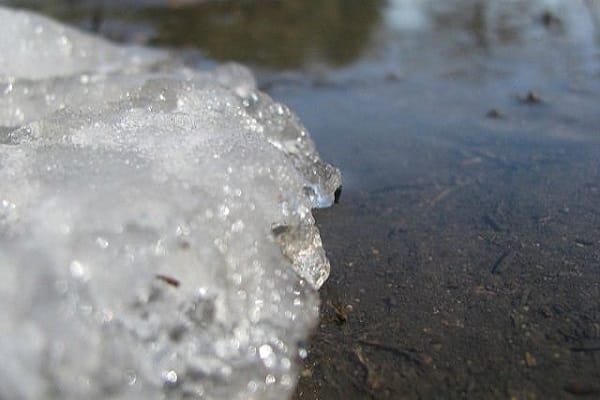
Earthworms are able to live deep in soil layers. They are the main carriers of the fungus. The causative agents of the disease are found at a depth of 50 cm from the surface of the earth. Such cases are quite common.
The intracellular organism, due to which the disease develops, is distinguished by its high resistance to external conditions. That is why the focus of infection can be stored in the ground for 30 years. Dry weather slows down the development of the fungus; some zoospores die as a result of lack of moisture. Due to its vitality, the fungus is dangerous and harmful to potatoes.
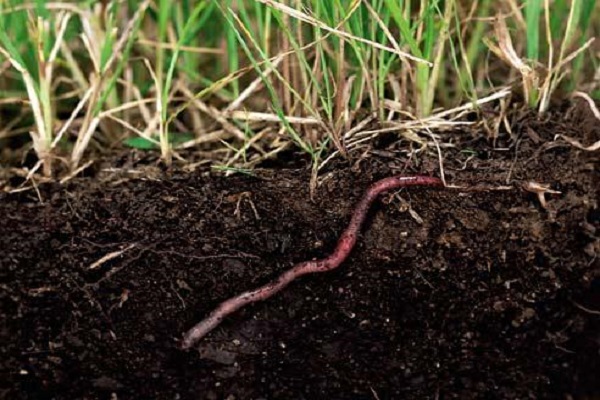
Control methods
If at least one infected tuber was found on the site, it is worth immediately informing the plant protection inspectorate. To prevent zoosporangia from getting into manure, sick potatoes are not fed to animals. Bushes that are affected by cancer are burned along with the tops and tubers.
To get rid of them, they are thrown into a deep hole, sprinkled with bleach on top.
Sick root vegetables do not pose a danger to humans, but still they should not be eaten.
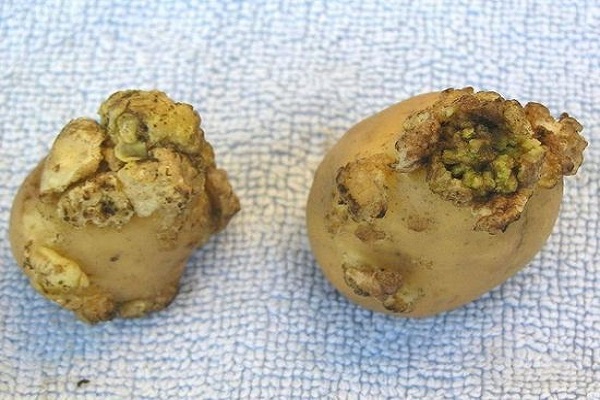
Agrotechnics
Each year, in the spring, a part of the sporangia is activated. As a rule, only 30% of pathogenic fungi can withstand winter cold. The essence of agrotechnical techniques is to open as many cysts as possible. Zoospores that do not find a host die.
To achieve this, use the following methods:
- In the spring, before planting potatoes, fertilize the site. At least 300 kg of manure is used for one hundred square meters of land. Disinfection of the soil in the greenhouse occurs under the influence of urea. For 1 sq. m is 1.5 substances.
- The plot of land where potatoes grew last year is planted with corn. The root system of the culture secretes a special substance that promotes the release of zoospores. Legumes and rye are considered good soil cleaners.
- Planting potato varieties resistant to fungus.
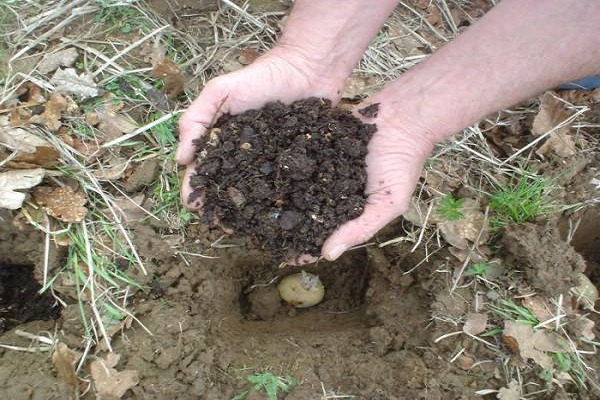
In fact, vegetables are highly sensitive to zoospores. The affected cell is deprived of the ability to feed the parasite and eventually dies. The tissue around it hardens, forming a pustule that contains the dead pathogen. Healthy tissue pushes out the pustule and the wound heals.
The soil can be completely cleaned up within 6 years by planting potato varieties that are resistant to fungal attack. At the same time, the variety is changed every 4 years in order to exclude the likelihood of adaptation of potato cancer to it. In no case is it recommended to sow infected areas with Sineglazka and Lorkh. They are particularly sensitive to the pathogen.
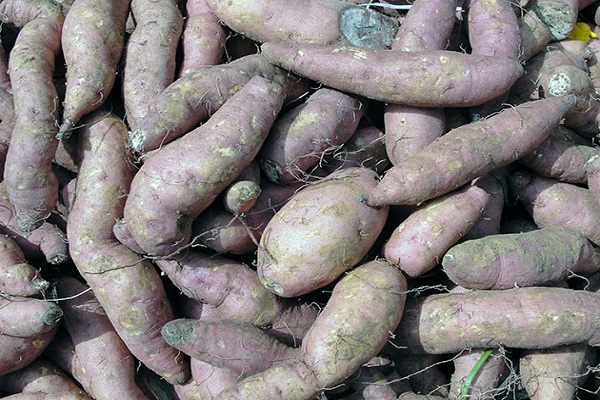
Chemistry
Before planting planting material, it is soaked in a 0.5% solution of Benomil, another name is Benleint. Alternatively, take 1% Fundazole solution. To destroy the source of infection, the land is watered with pesticides. For 1 sq. m take 20 liters of Nitrofen.
Such actions represent a real chemical operation that must be performed exclusively by a specialist. After applying the chemicals, the land is unsuitable for growing any crops. Planting potatoes or any other vegetable is done after 3 years. This method of fighting the fungus is considered the last of all.
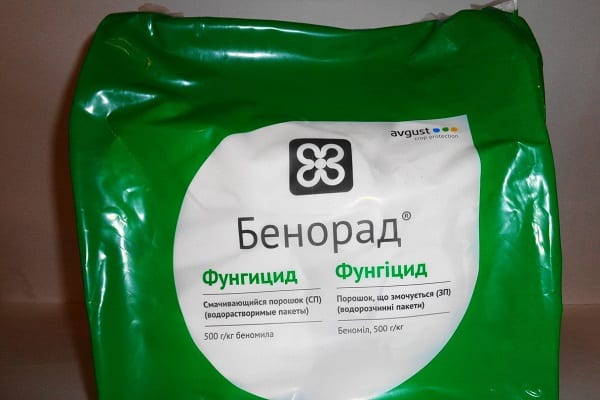
Prevention
Disinfection of a site is a difficult process that requires time and effort. To avoid contamination of the land plot, you must:
- Remove weeds in and around the potato garden.
- Observe the crop rotation, without planting the crop in the same place every year in a row.You can plant a vegetable in the same place after 4 years.
- Do not buy planting material in the place where the infection has occurred. The same goes for manure.
- Do not plant any crops that belong to the nightshade family close to potato beds.
- If, nevertheless, it was not possible to avoid infection, plant cultures that are resistant to cancer the next season.

The fungus that causes potato cancer is incredibly hardy. Not every living organism has such properties. For this reason, experts do not recommend planting potatoes of the same variety in the area where the infection has occurred.
Be sure to use a different planting material. There is a wide range of potato varieties on the crop market that have good protective properties of the immune system.
Gardeners who have had to deal with potato cancer should adhere to the rules of combating the disease. In no case should you use chemicals yourself. Especially when it comes to garden or summer cottages. The procedure for the destruction of the fungus is carried out exclusively by experienced people. The fungus that provokes the development of potato cancer is quite dangerous, requiring immediate human action.
